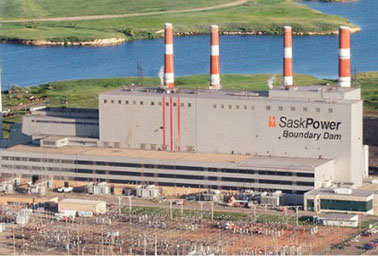
The Boundary Dam Power Station near Estevan, Saskatchewan, is one of more than 20 fossil fuel power plants worldwide that are being fitted with carbon capture and sequestration equipment as planners anticipate tighter future greenhouse gas emission controls. Photo courtesy of SaskPower.
Lisa Friedman, E&E reporter | Link to article
Holding back catastrophic climate change is still possible — but just barely, and doing so will require a tremendous technological effort, according to a sweeping new report that analyzes what it would take to de-carbonize the world’s top economies.
Led by Columbia University’s Earth Institute Director Jeffrey Sachs, the study builds on research showing the world is badly off-track to meet its international pledge of limiting the mean global temperature rise to below 2 degrees Celsius by 2050. In fact, it found that few governments have even studied how to achieve that goal.
The good news: It can be done. But, researchers from 15 countries warned, doing so will mean achieving worldwide carbon neutrality by the second half of this century. And that, they said, will require a “profound transformation” of energy systems as well as a heavy dependence on technologies like carbon capture and storage (CCS) that are still a long way off from large-scale deployment.
Time, meanwhile, is running short. (complete article)

